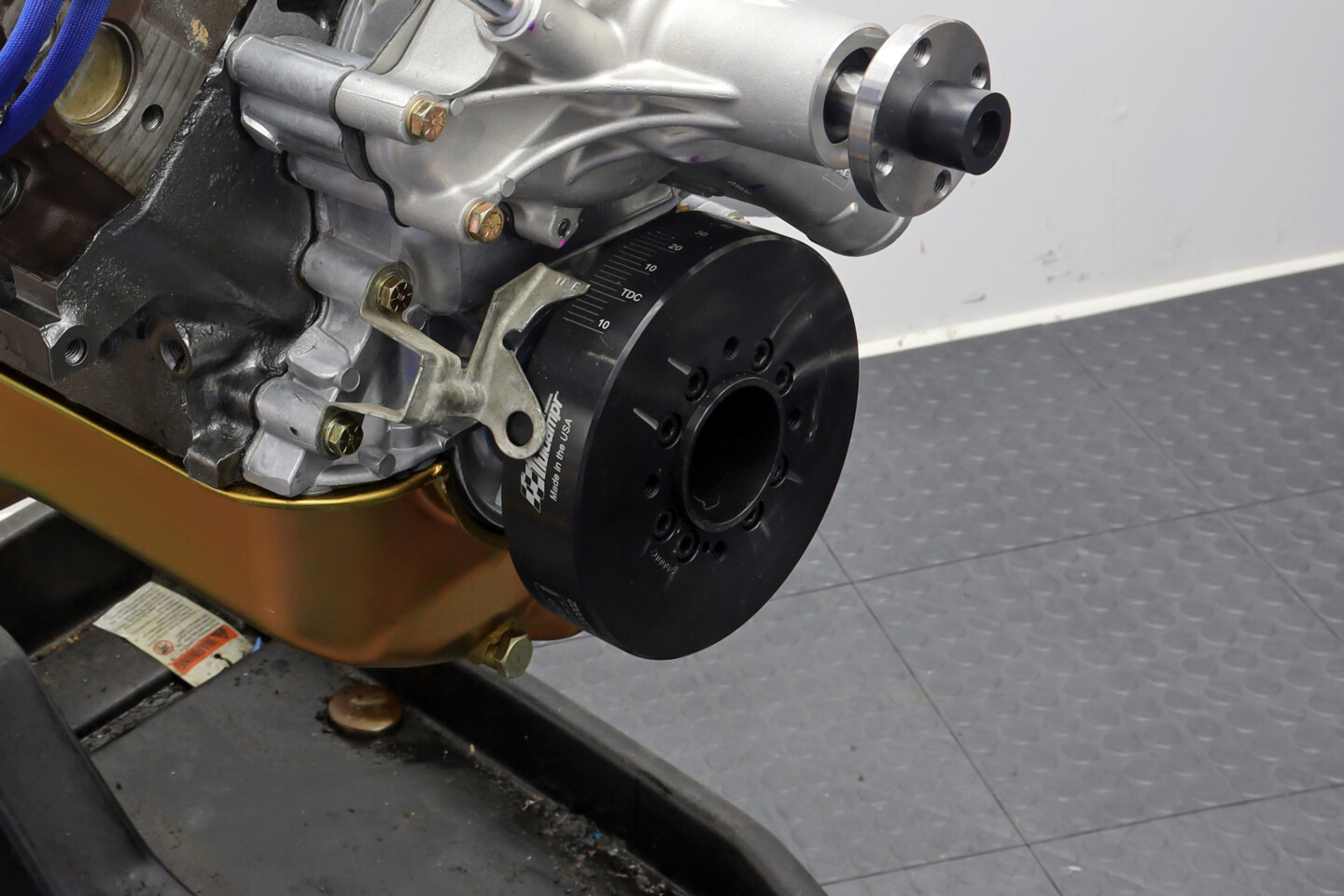One of the most time-honored pastimes of engine enthusiasts is painting the engine. Some prefer to paint only selected components, while others strive for a monochromatic block of color under the hood. Regardless of which camp you fall into, one thing you might (or might not) have ever considered is painting your Fluidampr.
Whether you are looking to just freshen up a worn appearance or looking to add a splash of color, adding paint to a precision-balanced component might give you a moment of pause. While you are correct to be wary about recoating your balancer, it might not be for the reasons you think. Fluidampr’s Nick Orefice talks about what you should and shouldn’t do when it comes to a new coating on your Fluidampr.
“We get calls from a lot of people who want to powdercoat or use thermal-cure paint. Because of the heating process involved with those coatings to cure them, which is usually upwards of 300 degrees, we don’t recommend that at all. The silicone fluid is good up to 300 degrees, but in those coating processes, you’re there for well over an hour,” Orefice explains.
However, that’s not to say you can’t recoat your damper at all. “You can sand your Fluidampr down, clean it up, and hit it with some spray paint or anything along those lines,” says Orefice. And, because Fluidampr’s timing marks are actually engraved below the surface, you can go back in once painted and fill the markings so that they are more visible.
So any concerns about an uneven coating of paint throwing off the balance of the unit are unfounded. But rather, the real concern is baking the unit, Orefice concludes, saying: “You can definitely repaint them and clean them up, but we do not recommend powdercoating or anything that takes oven-curing.” So there you have it, as long as your paint cures at room temperature, you’re good to add whatever color your heart desires.

One of the nice things about Fluidampr’s recessed timing marks is that once you repaint the damper, you can go in with a paint pen and color-fill the markings in a contrasting color so that they are easily readable.



